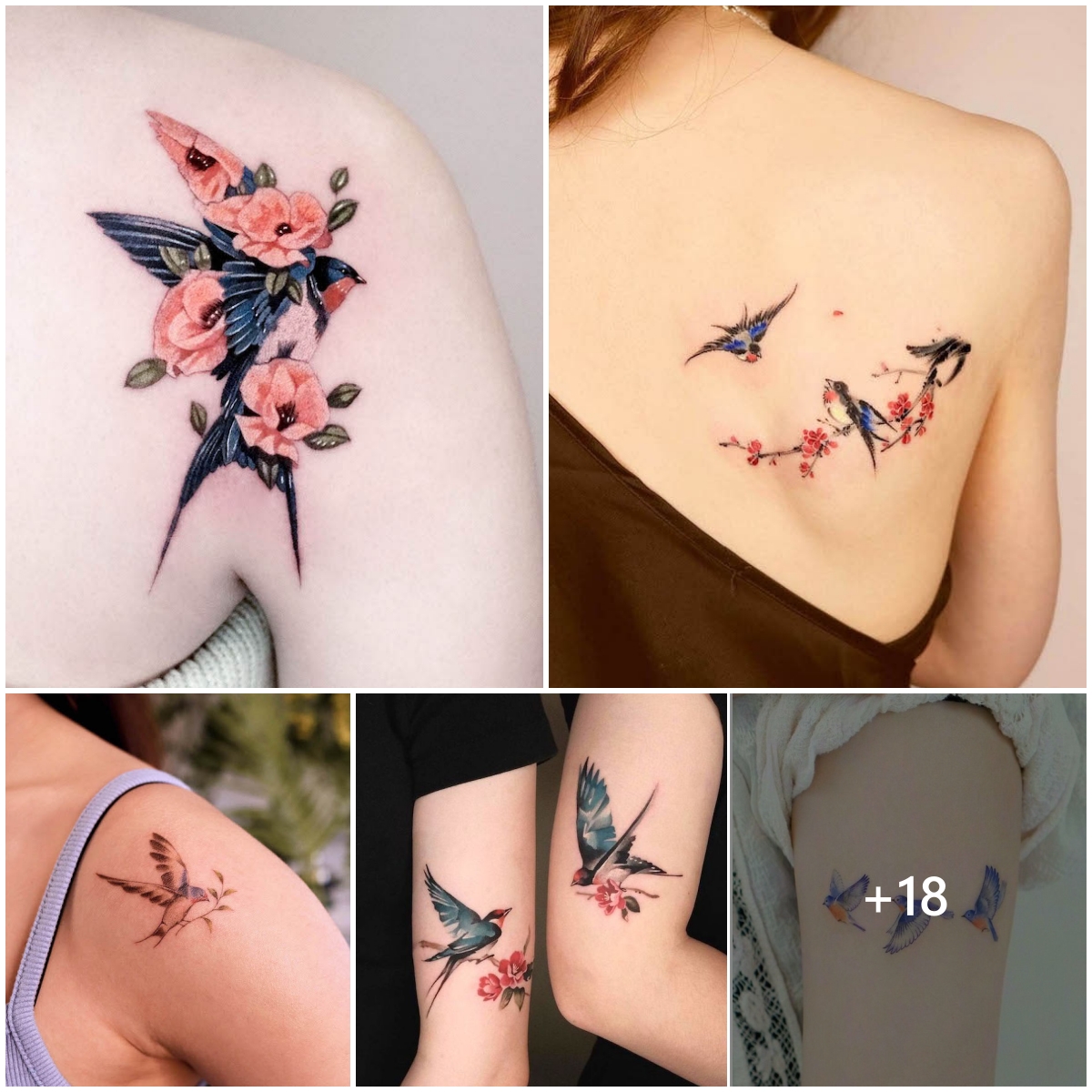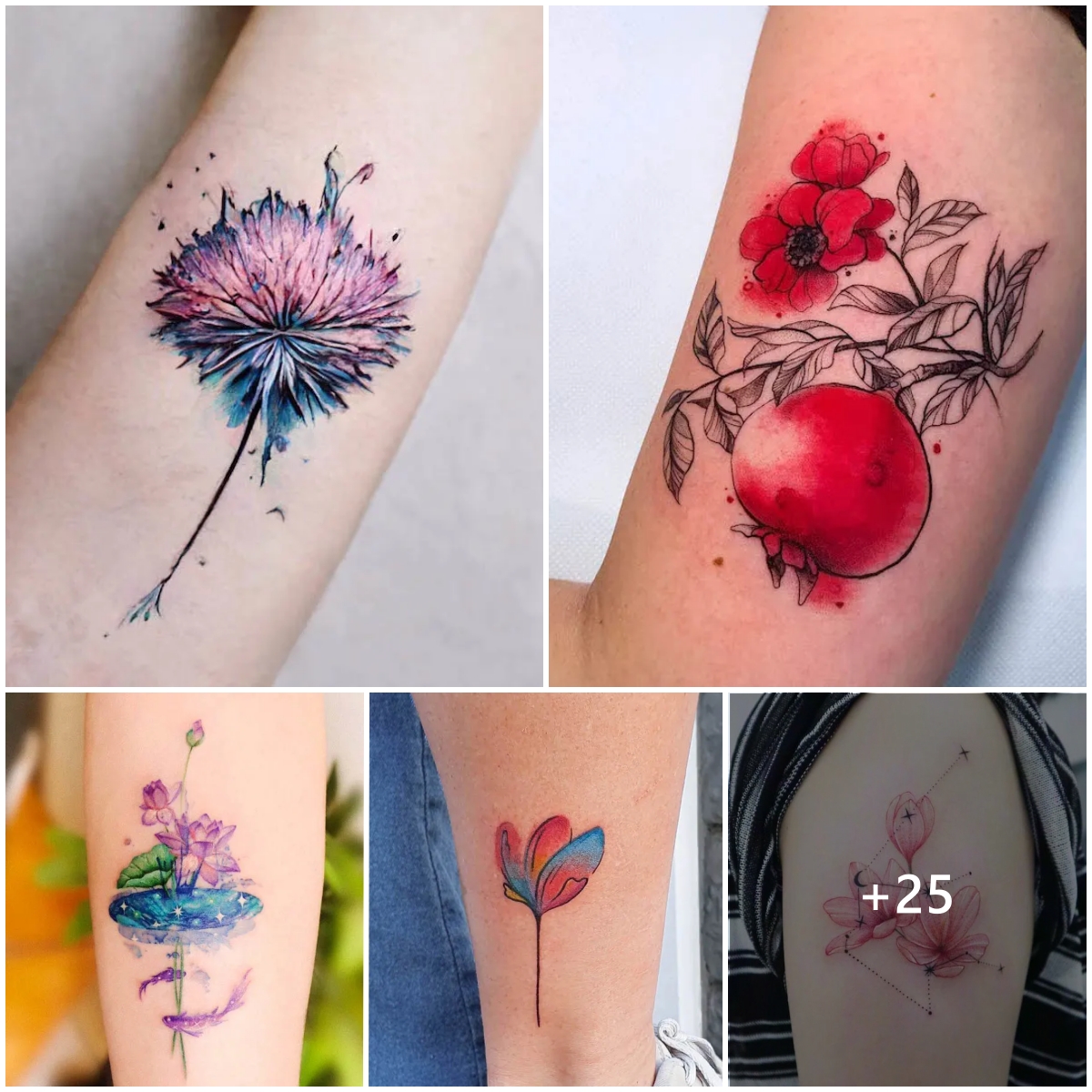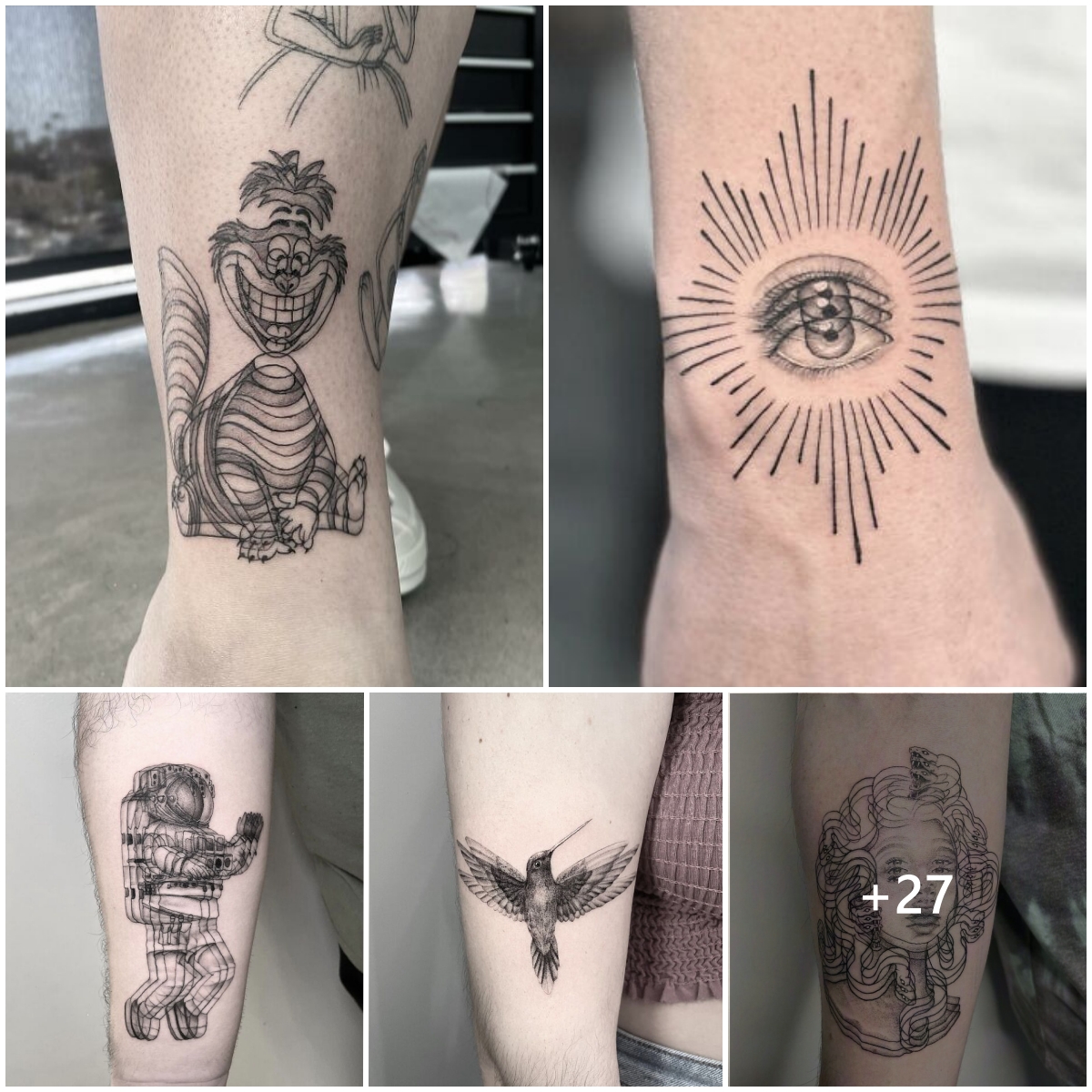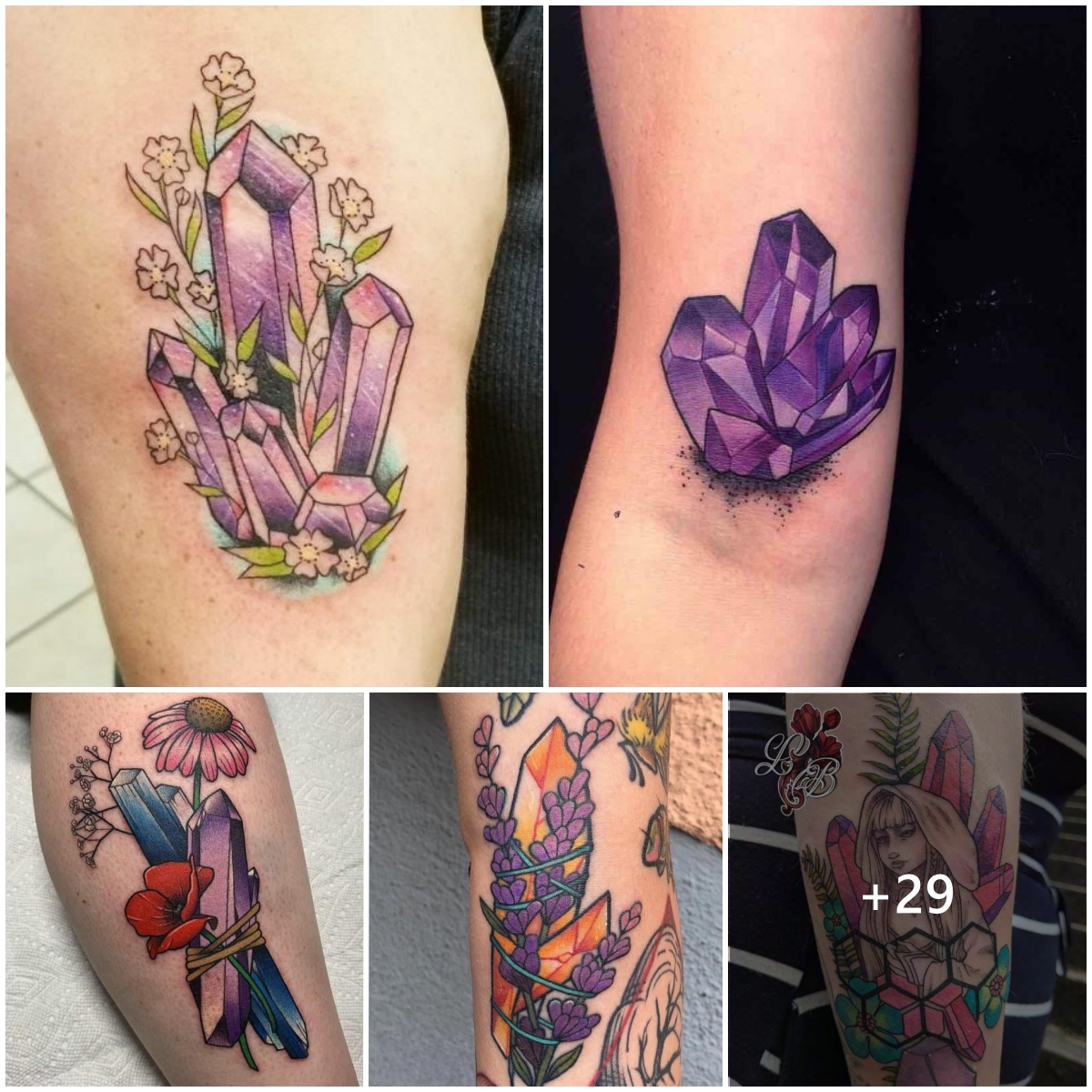Hand tattoos for women are in trend and although we can have tattoos on any part of the body, those that appear in prominent places such as the neck or sides, and of course on the hands, used to be exclusive for male tattoos until recently. Little time.
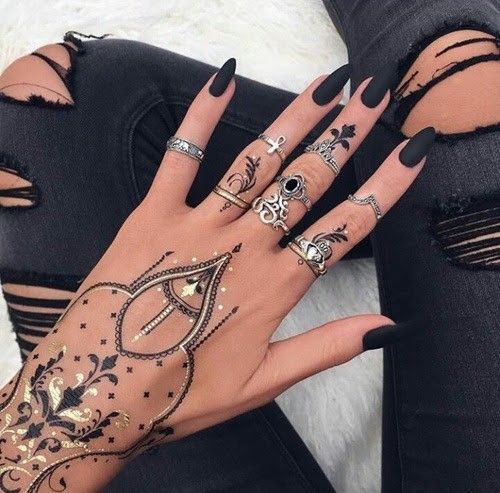
* Hand tattoos for women
If you have decided to tattoo your hands, the first thing you should know is that this area is perhaps one of the most sensitive when it comes to tattooing, not only because it is exposed and visible, but also because the hands are constantly exposed to the sun every day. .
In addition to being exposed to other elements such as cold or water, for example, when washing dishes, and because we actually touch everything with our hands, we must pay special attention to our tattoo.
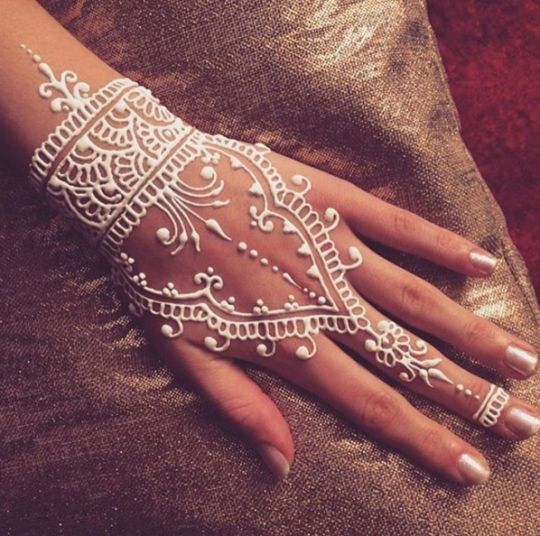
In this way, we must take good care of our tattoo during the first month after having it done, to ensure that it always looks beautiful and healthy.
We must not forget that tattoos are a form of aggression or injury to the skin and, therefore, require certain care in relation to their severity. This ranges from the choice of products to treat the tattoo to the healing process, and even the quality of care.
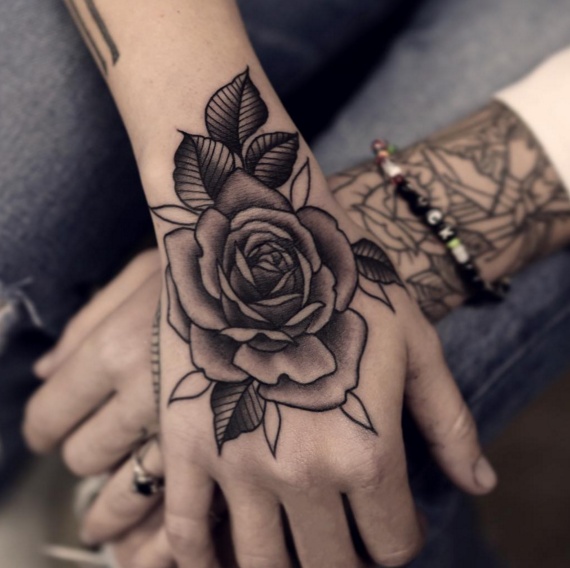
*Choose a professional.
Remember that, when getting tattoos on hands for women, you must follow the tattoo artist’s instructions. He or she will probably give you specific guidelines for caring for your tattoo. The main indications usually include the use of topical ointments or ointments that improve pigmentation and tattoo lines, in addition to hydrating and promoting skin healing.
At home, it is important to continue applying the moisturizing ointment daily, at least three times a day. Since it can be difficult to do nothing with the tattoo on your hand, it is advisable to apply the ointment at night to allow it to be properly absorbed. Also, if you want to keep your tattoo hydrated and protected, carefully cover it with transparent paper.
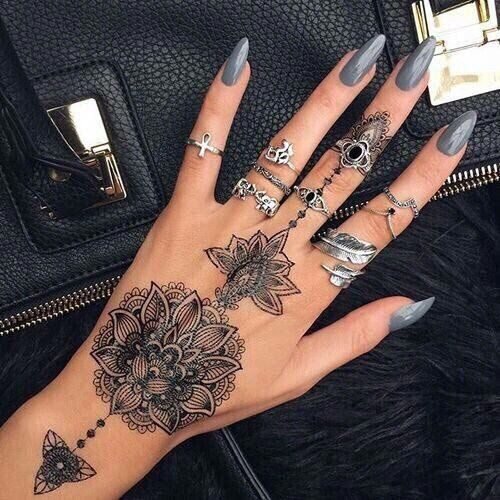
With tattoos on the hands there is a risk of infection or inflammation because the hands are constantly in contact with various surfaces and substances. If any complications occur, it is important to go to the tattoo center or studio to receive appropriate advice or consult a doctor, who could prescribe an antibiotic cream if necessary.
On the other hand, during the first 20 days it is essential to maintain good hygiene when caring for your tattoo on your hands. Use neutral and moisturizing soaps, and wash the area gently, avoiding excessive rubbing. It’s important to use caution, as rubbing too hard while washing your hands can irritate the skin and affect the quality of your tattoo.
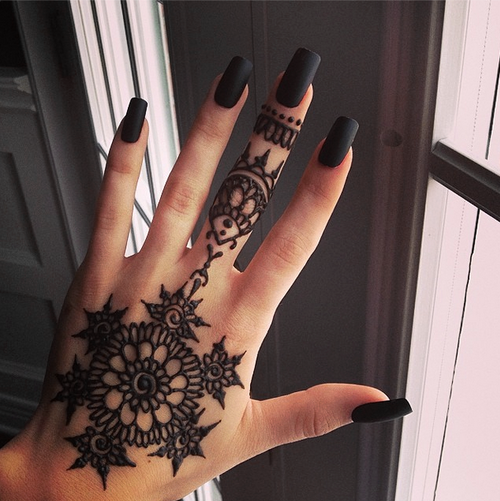
*Details that you should not forget.
Although rubbing can reduce surface pigmentation or remove some of the shine from the tattoo, the sun’s UV rays are harmful to the skin and can affect the pigmentation of the tattoo or even change its color dramatically in extreme sun exposure.
Therefore, the ideal is to protect yourself, avoid direct exposure to the sun and try not to burn the new tattoo, especially during the first month. Another important detail to keep in mind is to control the impulse to scratch the tattoo and tear off the skin that forms.
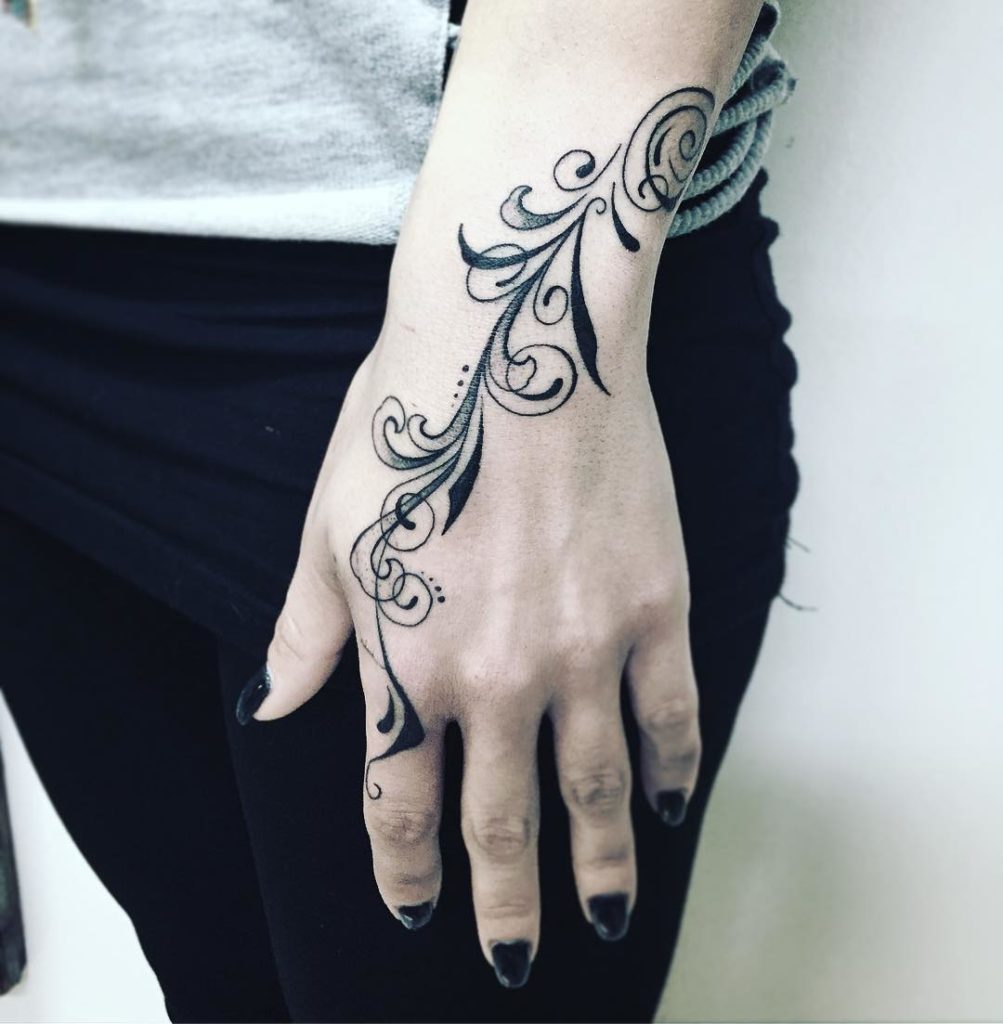
When you feel that unbearable itch, gently touch the tattooed area. This will help soothe the itch without interfering with the healing process. As for any skin that forms, try to relax and resist the temptation to tear it off. Although we always want to see the final result immediately, we should not worry. At the end of the healing process, the skins will peel off naturally without the need for intervention.
* A special design.
If you are thinking about getting a tattoo on your hand and you have doubts because you think it will be painful, you should know that, unlike other tattoos done on different parts of the body, tattoos on the hands are usually quite painful.
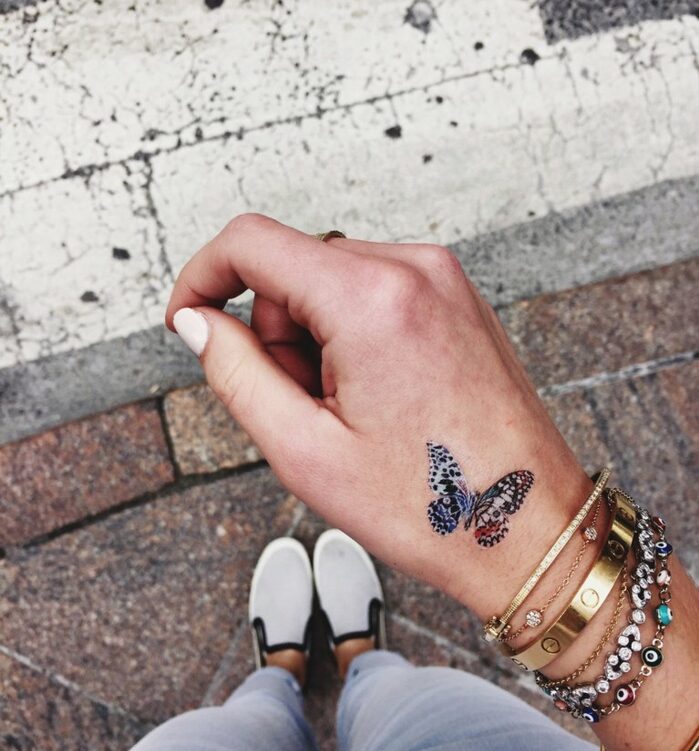
Keep in mind that there are many nerve endings throughout the hand area, so the pain during the tattoo process can be intense, especially if it is a complicated design or a large tattoo that requires several sessions.
Of course, the tattoo artist will need to use topical anesthetics during the procedure to relieve sensitivity. If by chance the anesthetic doesn’t seem to work within the allotted time, don’t hesitate to let the tattoo artist know about any discomfort. In the end, it is important to complete the tattoo and then follow the necessary care to hydrate the skin and promote rapid healing.
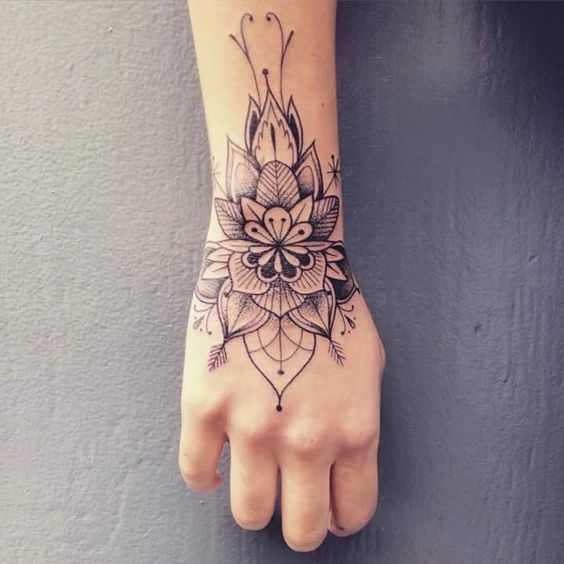


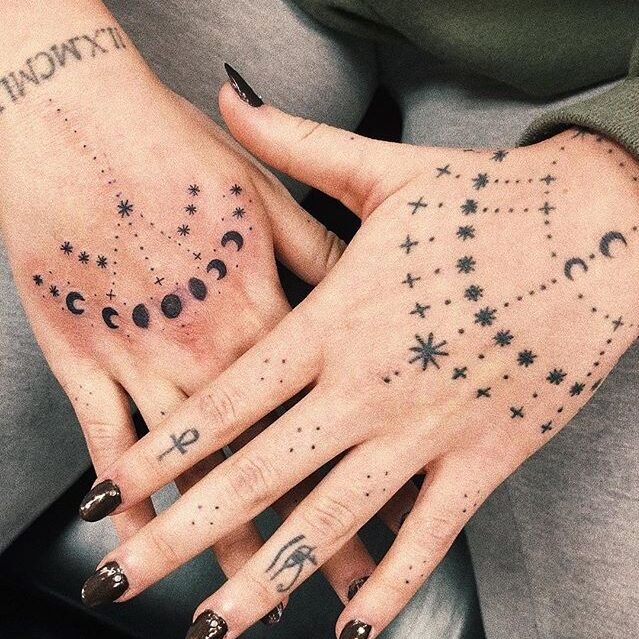
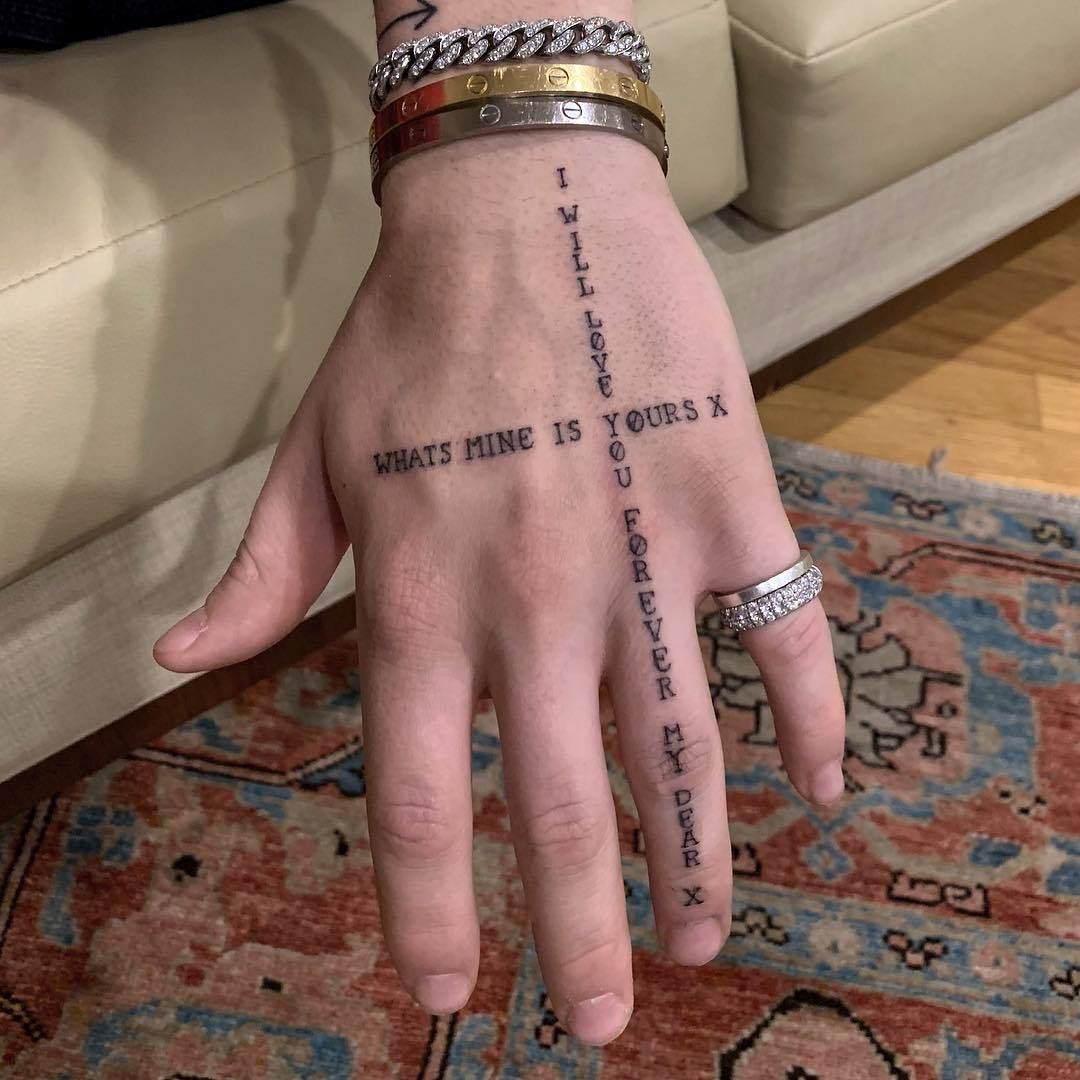

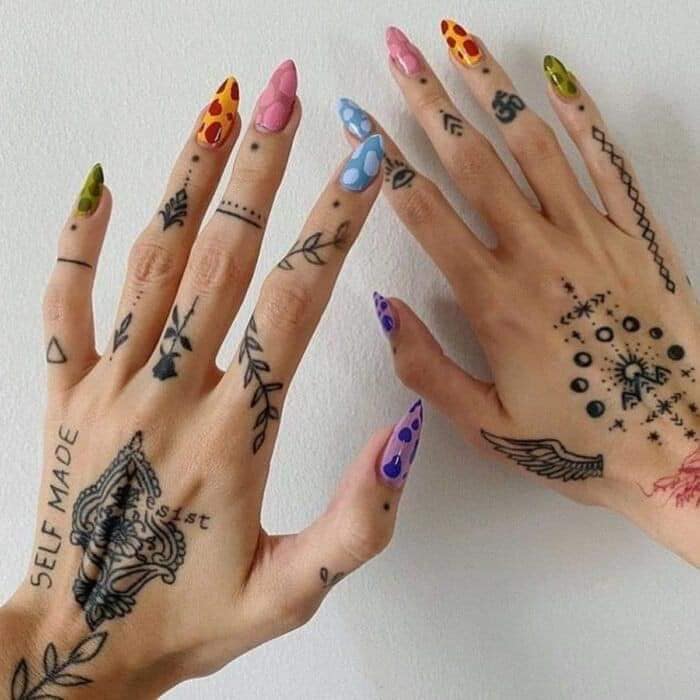
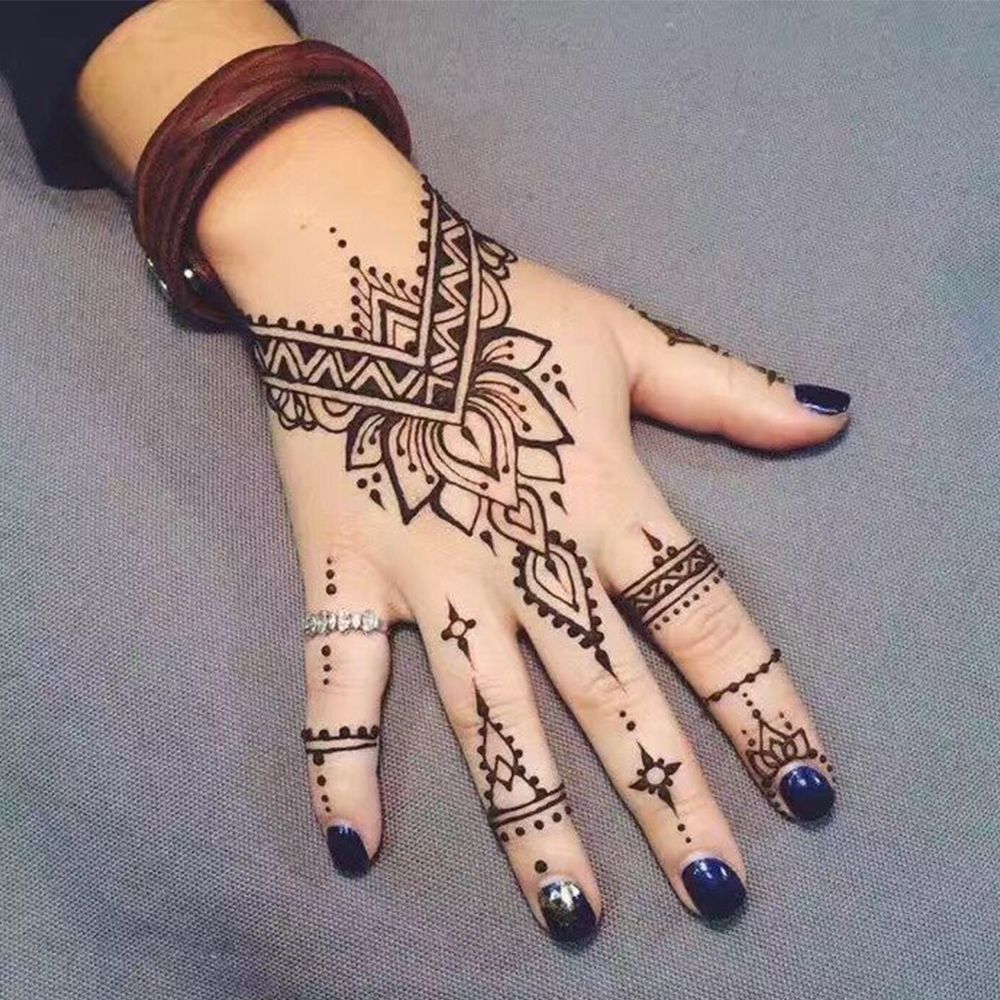
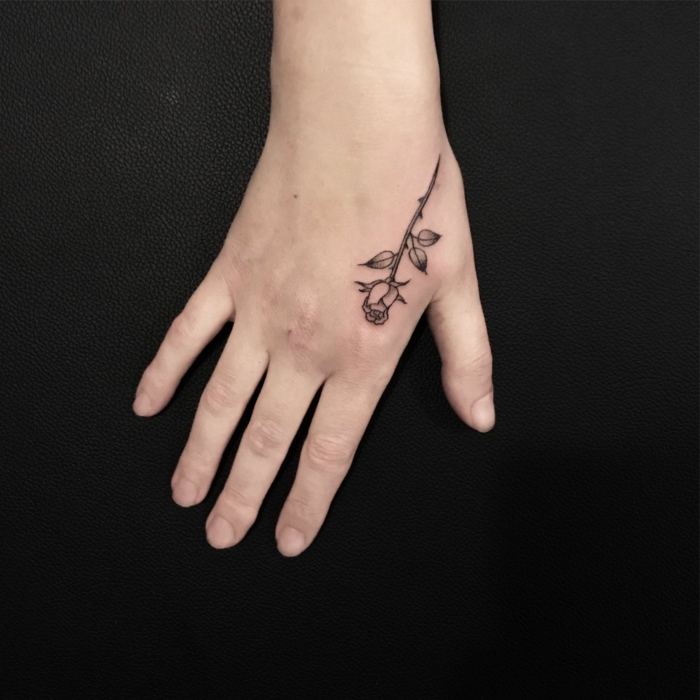
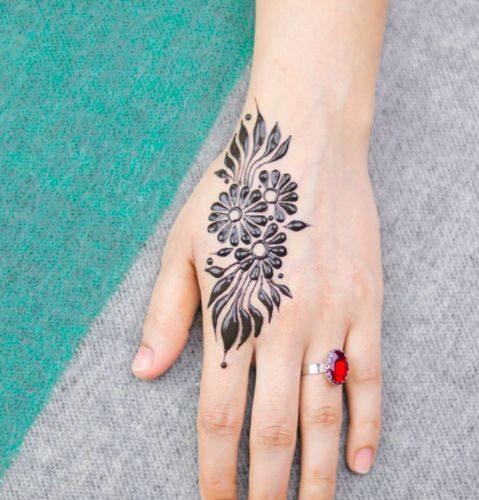
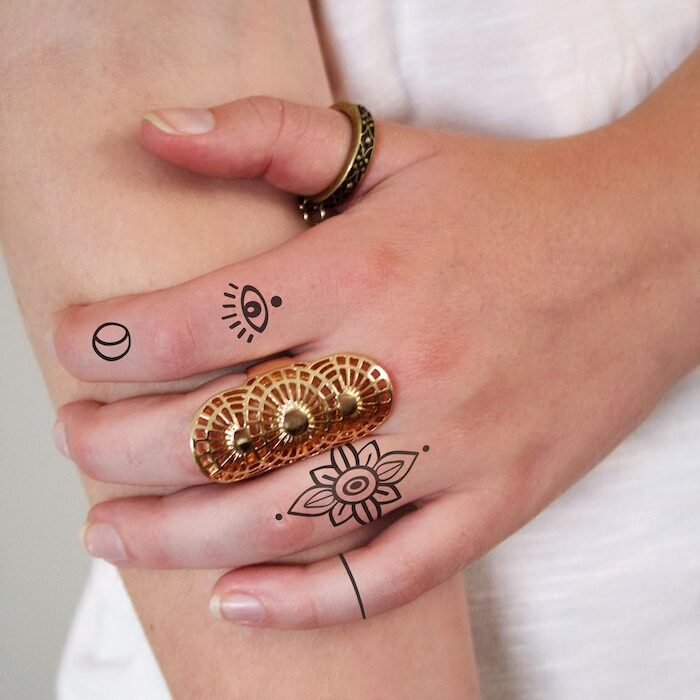
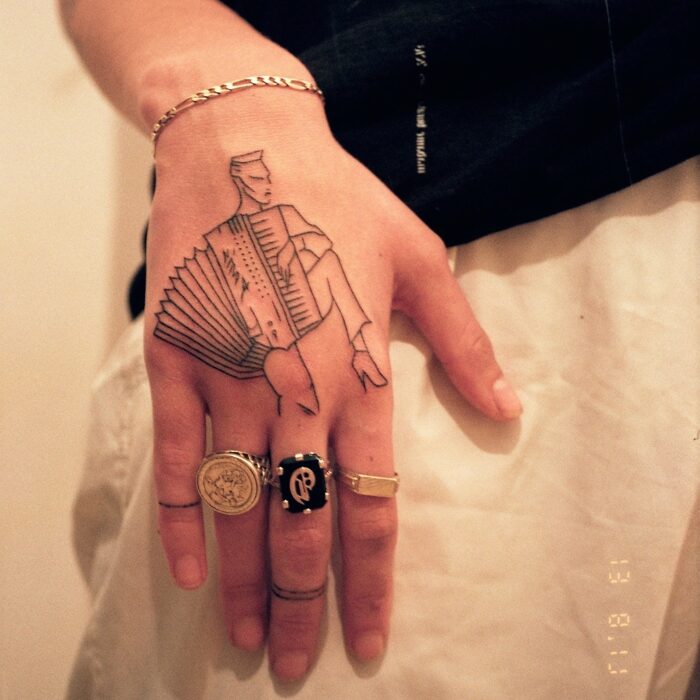
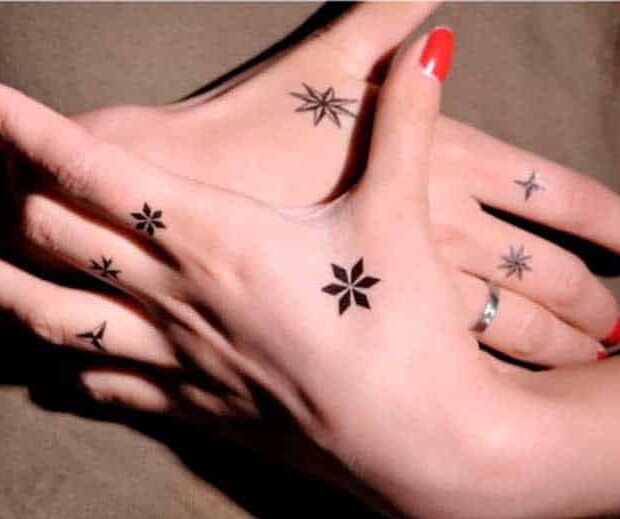
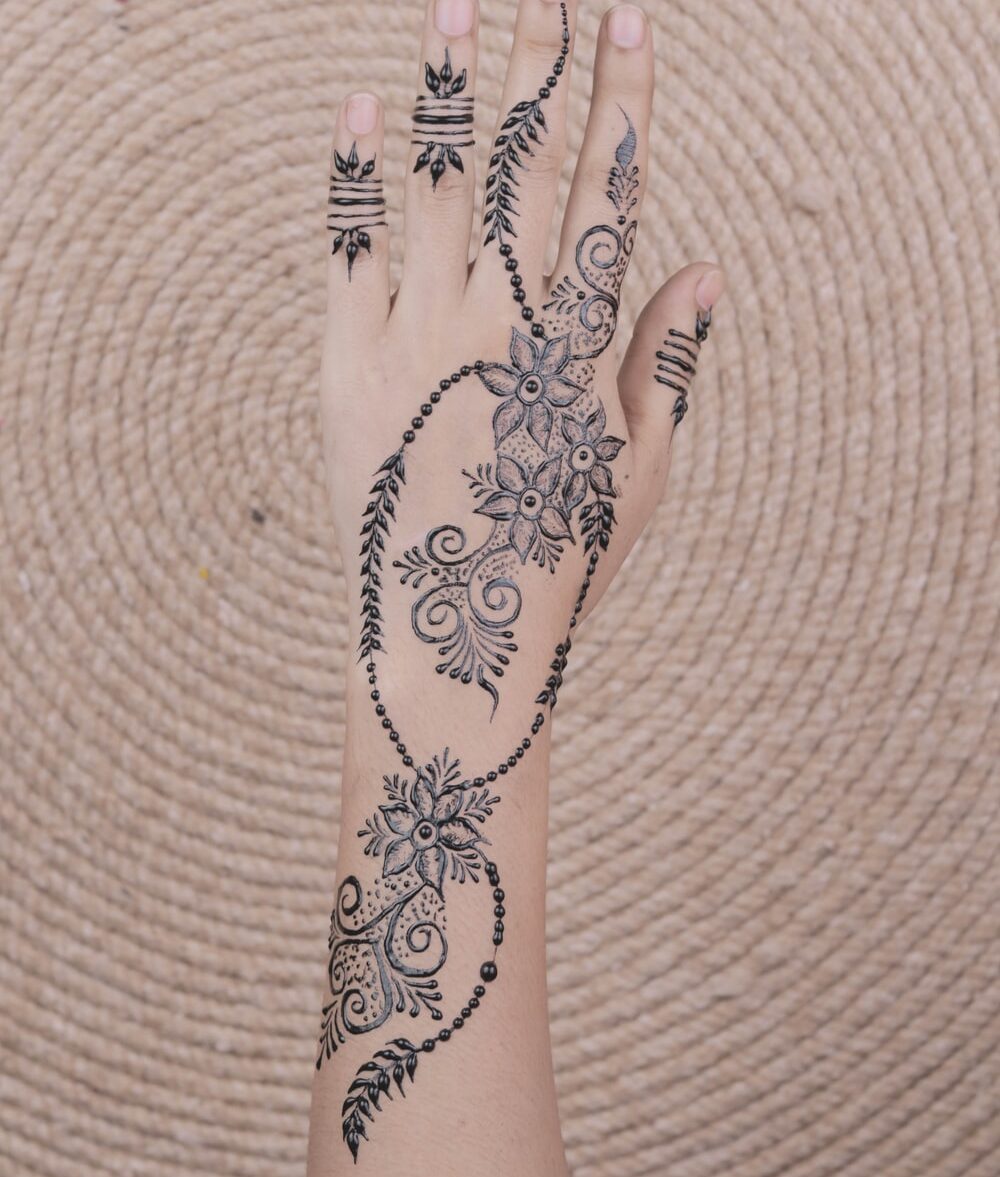

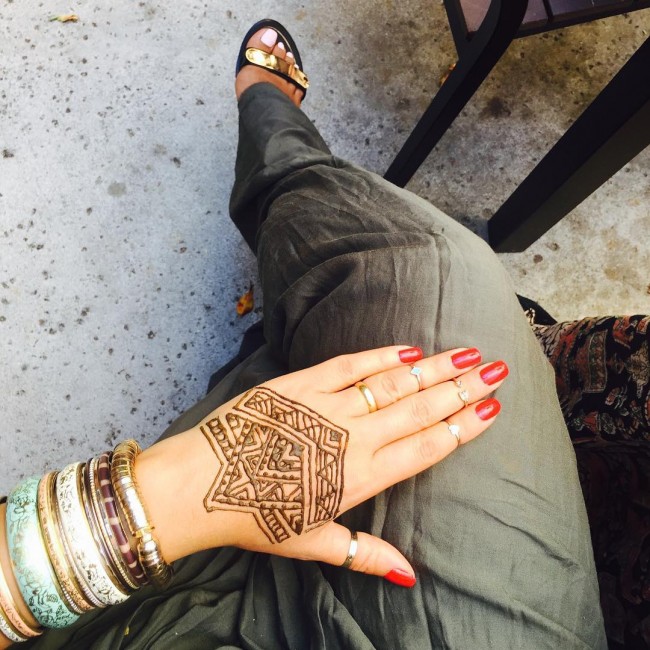
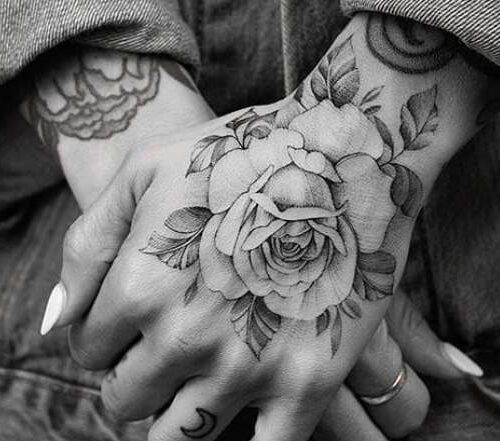
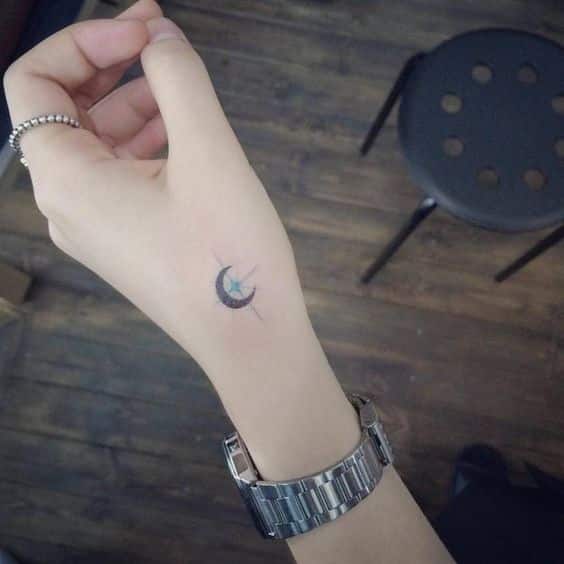
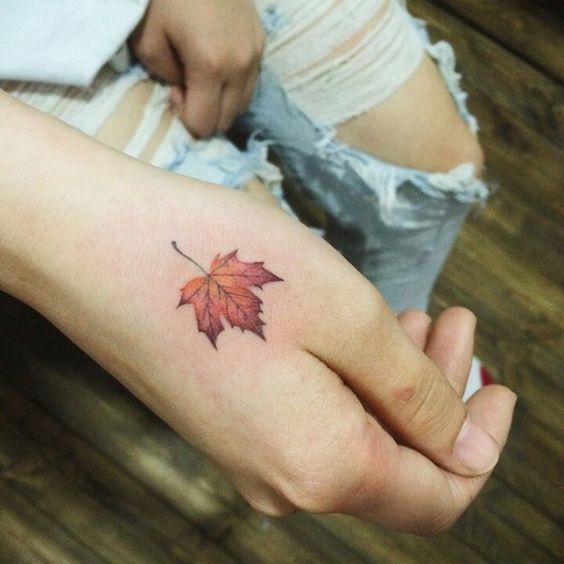
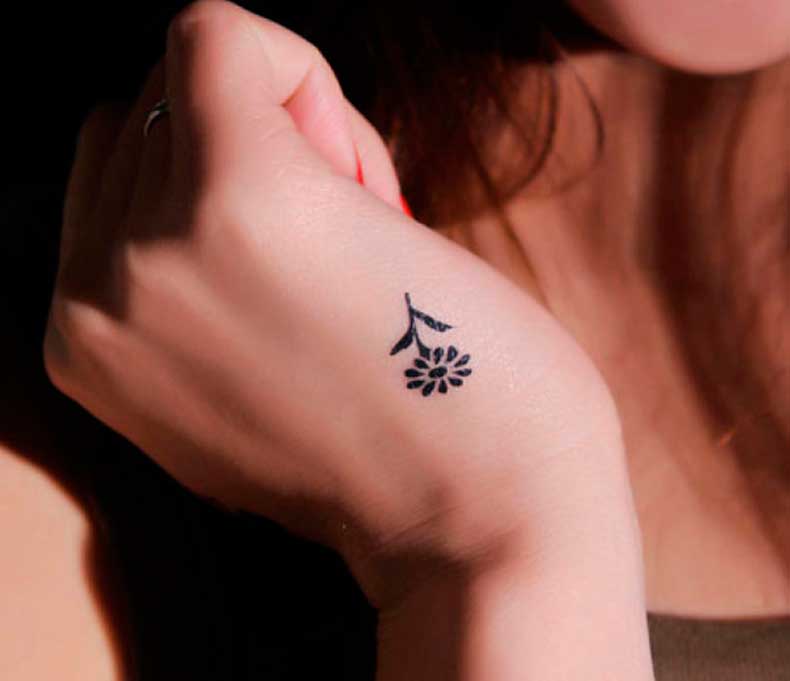
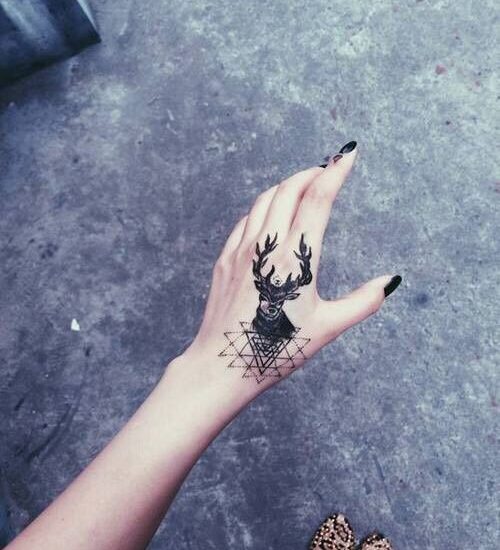
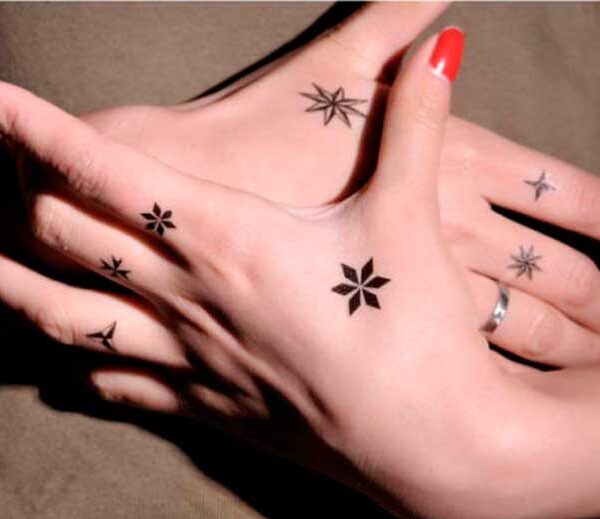
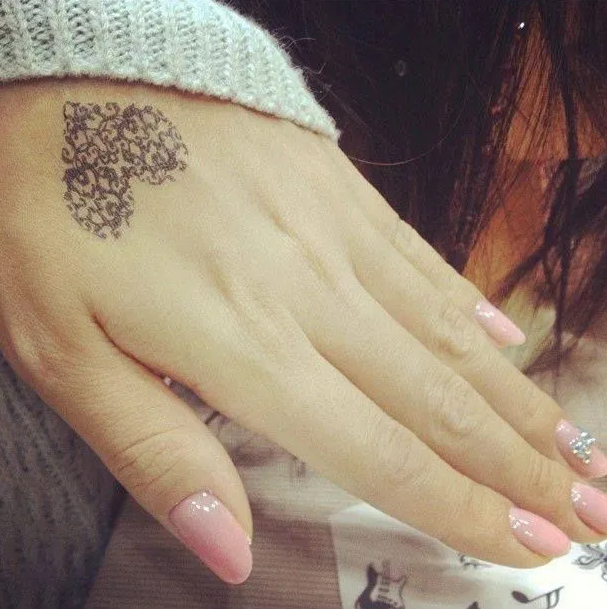
Thank you for visiting our article. Come back soon for more tattoo ideas and designs on our website! We will always be here to offer you the best advice.
